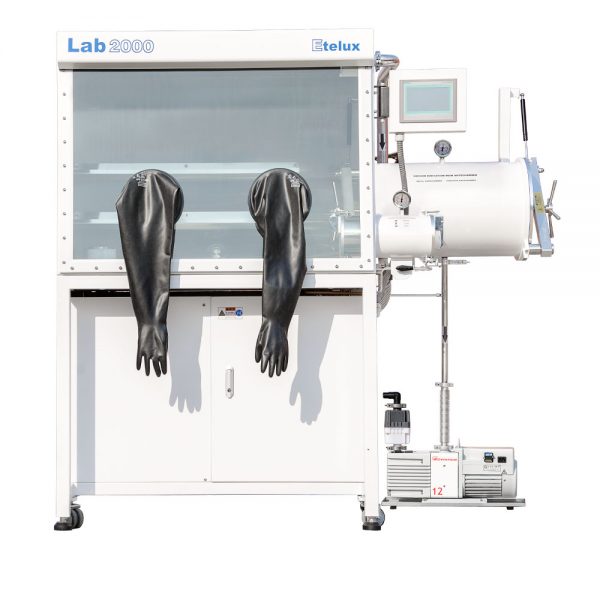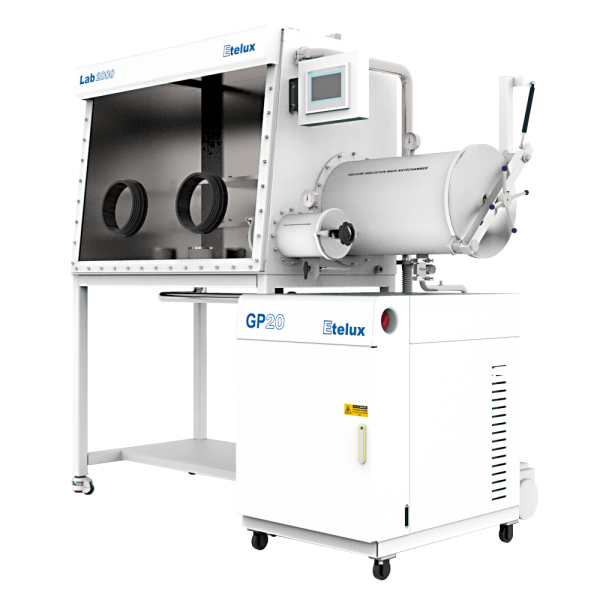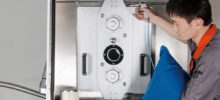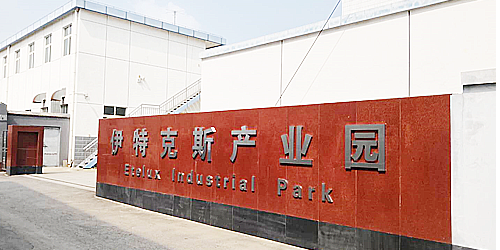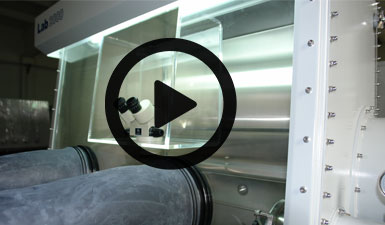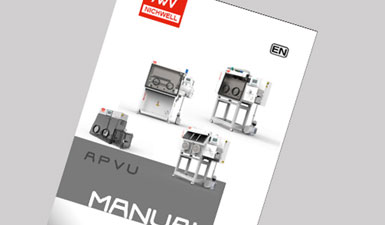Testing the sealing of a glove box can be done in several ways:
Pressure test method:
Close all inlet and outlet valves of the glove box, including gas inlet and outlet, material inlet and outlet.
Fill the glove box with a certain pressure of inert gas, such as nitrogen.
Observe the change in the reading of the manometer, if the pressure remains stable for a period of time, it means that the sealing is good; if the pressure drops significantly, there may be leakage.
Bubble detection method:
Soapy water or a specialised leak detection solution can be applied to the outside of the glove box.
Fill the glove box with gas again, and if there is a leak, bubbles will form at the leak.
Helium Mass Spectrometry Leak Detection Method:
This is a more accurate method of testing, using a helium mass spectrometer leak detector.
A quantity of helium gas is filled into the glove box.
The probe of the leak detector is used to test the area where the leak is likely to be and if helium is detected, a leak is present.
Vacuum Test Method:
Pump the inside of the glove box to a vacuum.
Switch off the vacuum pump and observe the change in the vacuum gauge reading.
If the vacuum level can be maintained for a long time, it means that the sealing is better; if the vacuum level drops faster, there is a leak.
For example, in a chemical laboratory, technicians regularly use the pressure test method to check the sealing of glove boxes. They first close all the valves, fill with nitrogen to a certain pressure, and then wait for a period of time to observe the manometer reading. If the reading is stable, the glove box sealing is considered to be qualified, you can continue to carry out experiments. In an electronic components manufacturer, in order to ensure the high purity of the production environment, the helium mass spectrometry leak detection method is used to test the glove box, which can accurately find tiny leaks and repair them in time!
Worldwide shipping
Shipping & Returns

